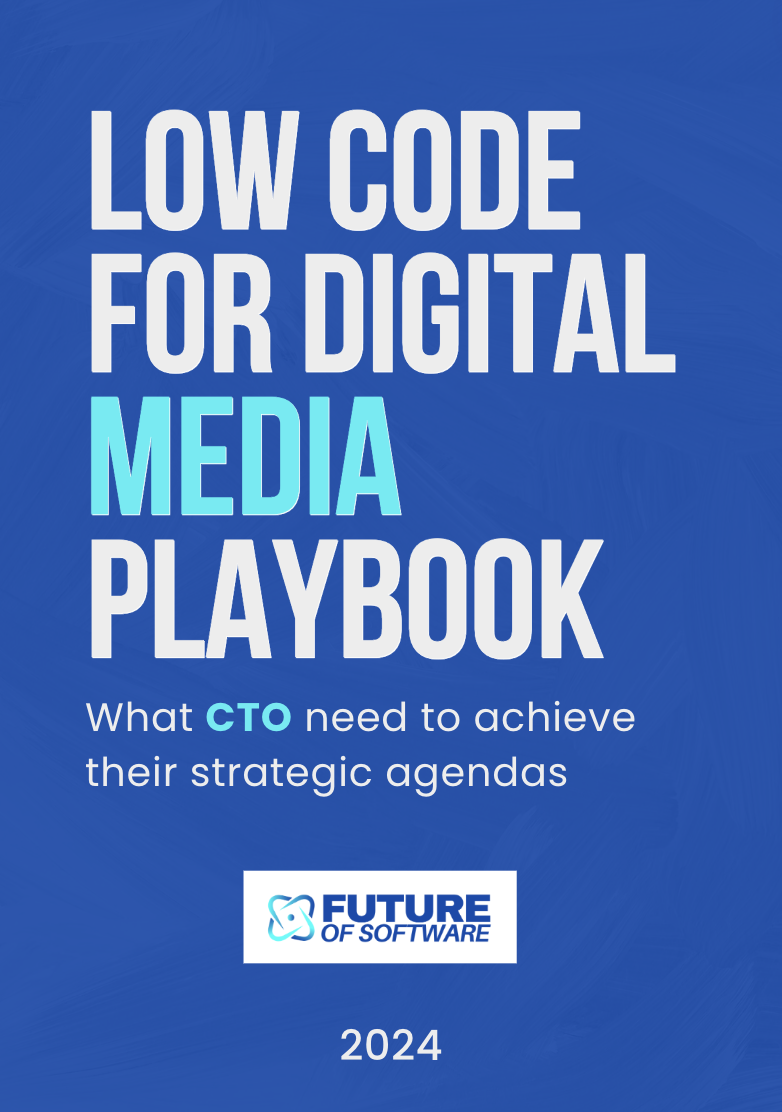
Understanding Data Enrichment Platforms
Exploring the Core of Data Enrichment Platforms
Data enrichment platforms have become a cornerstone for businesses looking to enhance their lead generation and sales marketing efforts. These platforms focus on improving the quality of contact data by integrating various data sources to provide a more comprehensive view of potential customers. By leveraging enrichment tools, companies can transform raw data into enriched data that offers deeper insights into sales and marketing strategies.
One of the key features of these platforms is their ability to work in real time, allowing sales teams to access up-to-date information that can significantly improve lead scoring and outreach efforts. This is particularly beneficial for GTM teams that rely on accurate and timely data to make informed decisions.
Key Features and Benefits
- Data Quality: Ensures that the information used by sales and marketing teams is accurate and reliable.
- Integration with CRM: Seamless integration with platforms like Salesforce and HubSpot enhances the utility of CRM data.
- Custom Pricing: Offers flexible pricing models to suit different business needs, including free plans for smaller businesses.
- Top Features: Advanced enrichment tools and key features that support lead generation and sales strategies.
For businesses aiming to optimize their sales and marketing efforts, understanding the capabilities and benefits of data enrichment platforms is crucial. These platforms not only enhance lead generation but also improve the overall efficiency of sales teams by providing actionable insights.
To learn more about how data enrichment can enhance efficiency in various sectors, consider exploring enhancing efficiency in CPG supply chain networks.
Key Challenges in the Software Industry
Challenges in Navigating the Software Landscape
The software industry is a dynamic and ever-evolving field, presenting unique challenges for businesses, particularly those involved in data enrichment platforms. Understanding these challenges is crucial for developing effective go-to-market (GTM) strategies.
Data Quality and Integration
One of the primary challenges is ensuring data quality and seamless integration. Data enrichment platforms rely heavily on accurate and reliable data sources. Poor data quality can lead to ineffective lead generation and inaccurate lead scoring, impacting sales teams' performance. Integrating enriched data with existing CRM systems like Salesforce and HubSpot can also pose difficulties, requiring robust enrichment tools and strategies.
Pricing and Customization
Another significant challenge is determining appropriate pricing models. Businesses must balance offering competitive pricing while ensuring profitability. Custom pricing options can cater to diverse customer needs but require careful consideration of the platform's key features and the value they provide. Offering a free plan can attract initial interest but may not always translate into long-term customer retention.
Technological Advancements and Competition
The rapid pace of technological advancements means that data enrichment platforms must continuously innovate to stay ahead. This includes leveraging real-time data processing and advanced enrichment tools to enhance customer outreach and sales marketing efforts. Additionally, the competitive landscape requires platforms to differentiate themselves by offering unique features and superior data enrichment capabilities.
Sales and Marketing Alignment
Aligning sales and marketing teams is essential for effective GTM strategies. Discrepancies between these teams can lead to missed opportunities and inefficient use of resources. Ensuring that both teams have access to enriched data and are aligned in their outreach efforts can significantly improve lead generation and conversion rates.
For more insights on overcoming these challenges and enhancing business efficiency, consider exploring innovative integration strategies.
Developing a GTM Strategy
Crafting a Comprehensive GTM Strategy
Developing a go-to-market (GTM) strategy for data enrichment platforms involves a multi-faceted approach that aligns with the unique needs of your target audience. This section delves into the essential components of a successful GTM plan, emphasizing the integration of sales, marketing, and technology.
First, understanding your key challenges is crucial. The software industry faces hurdles such as data quality and the integration of various data sources. Addressing these challenges head-on can set the foundation for a robust GTM strategy.
Aligning Sales and Marketing Teams
Successful GTM strategies hinge on the seamless collaboration between sales and marketing teams. By leveraging enriched data, teams can enhance lead generation and lead scoring processes. Utilizing CRM data from platforms like Salesforce and HubSpot, businesses can tailor their outreach efforts to better meet customer needs.
- Lead Generation: Use enriched contact data to identify high-potential leads.
- Lead Scoring: Implement data-driven scoring models to prioritize outreach efforts.
- CRM Integration: Ensure CRM systems are updated with real-time data for effective communication.
Optimizing Pricing and Features
Custom pricing models and a clear understanding of your platform's top features are vital. Offering a free plan or trial can attract potential customers, allowing them to experience the value of your enrichment tools firsthand. Highlighting key features that differentiate your platform from competitors can also enhance your market position.
Leveraging Technology for GTM Success
Incorporating advanced technology is crucial for GTM success. Utilizing tools like Clay for email outreach and automation can streamline marketing efforts. Additionally, integrating third-party data sources can enhance the quality of your data enrichment processes, providing a competitive edge.
For more insights on how technology can drive GTM success, explore the role of innovative systems in shaping the future of software.
Leveraging Technology for GTM Success
Integrating Advanced Tools for GTM Success
In the ever-evolving landscape of data enrichment platforms, leveraging technology effectively can be a game-changer for go-to-market (GTM) strategies. The integration of advanced tools and technologies not only enhances the efficiency of sales and marketing teams but also ensures that businesses can respond swiftly to market demands.
One of the key aspects of leveraging technology is the use of enrichment tools that provide enriched data in real time. These tools are essential for improving data quality and ensuring that sales teams have access to accurate and up-to-date information. By utilizing data enrichment, businesses can enhance their lead generation efforts, ensuring that the leads are not only numerous but also highly relevant.
Enhancing CRM Systems with Enriched Data
CRM systems like Salesforce and HubSpot can be significantly enhanced with enriched data. By integrating enrichment tools, businesses can improve their contact data, making it more comprehensive and actionable. This integration allows for better lead scoring, helping sales teams prioritize their outreach efforts effectively. Moreover, enriched CRM data can improve customer interactions, leading to higher conversion rates and customer satisfaction.
Optimizing Outreach with Custom Pricing and Features
Custom pricing models and tailored features can be pivotal in optimizing outreach strategies. By understanding the specific needs of different customer segments, businesses can offer custom pricing that aligns with their value proposition. This approach not only attracts more leads but also ensures that the pricing strategy is competitive and appealing.
Additionally, the integration of email marketing tools with CRM systems can streamline communication efforts. Automated email campaigns, personalized based on enriched data, can significantly enhance engagement rates. This seamless integration ensures that marketing teams can execute campaigns efficiently, saving time and resources.
Real-Time Data and Third-Party Integrations
Real-time data access is crucial for GTM teams aiming to stay ahead of the competition. By integrating third-party data sources, businesses can enrich their existing datasets, providing a more holistic view of the market landscape. This enriched perspective allows for more informed decision-making, enabling teams to adapt their strategies promptly.
In conclusion, leveraging technology in GTM strategies involves a comprehensive approach that integrates advanced tools, enhances CRM systems, and optimizes outreach efforts. By focusing on enriched data and real-time insights, businesses can position themselves for success in the competitive landscape of data enrichment platforms.
Case Studies of Successful GTM Plans
Real-World Examples of GTM Success
In the competitive landscape of data enrichment platforms, successful go-to-market (GTM) strategies can make a significant difference. By examining real-world examples, we can glean insights into what works and what doesn’t. Here are some notable case studies that highlight effective GTM strategies in action.
Case Study 1: Leveraging CRM Integration
One company that excelled in its GTM strategy focused on seamless integration with popular CRM systems like Salesforce and HubSpot. By ensuring that their data enrichment tools could easily integrate with these platforms, they provided sales teams with enriched data in real time. This approach not only improved data quality but also enhanced lead scoring and lead generation efforts. The integration allowed sales and marketing teams to access enriched contact data directly within their existing workflows, reducing the time spent on manual data entry and increasing outreach efficiency.
Case Study 2: Custom Pricing Models
Another successful GTM strategy involved offering custom pricing plans tailored to the specific needs of different businesses. By analyzing customer data and understanding the unique requirements of various industries, this company was able to offer flexible pricing options. This approach attracted a wider range of customers, from small businesses looking for a free plan to larger enterprises needing advanced features. The custom pricing strategy not only increased customer acquisition but also improved customer retention by providing value that matched their specific needs.
Case Study 3: Utilizing Third-Party Data Sources
A third example of GTM success involved the strategic use of third-party data sources to enhance the enrichment tool's capabilities. By incorporating diverse data sources, the company was able to offer more comprehensive enrichment features, which in turn improved the accuracy and relevance of the enriched data. This strategy helped them stand out in a crowded market, as their platform could provide deeper insights into customer behavior and preferences, ultimately driving more effective sales and marketing efforts.
These case studies illustrate that a well-crafted GTM strategy, whether through CRM integration, custom pricing, or leveraging third-party data, can significantly impact a company's success in the data enrichment industry. By focusing on key features that address the specific needs of their target audience, companies can enhance their competitive edge and drive growth.
Future Trends in Data Enrichment and GTM
Emerging Trends in Data Enrichment and GTM Strategies
The landscape of data enrichment and go-to-market (GTM) strategies is rapidly evolving, driven by technological advancements and changing market dynamics. As businesses strive to enhance their sales and marketing efforts, understanding future trends becomes crucial for staying competitive.
Real-Time Data Integration
One of the most significant trends is the integration of real-time data into enrichment processes. This allows sales teams to access up-to-date information, improving lead generation and customer outreach. Real-time data integration enhances the quality of CRM data, enabling more accurate lead scoring and personalized marketing efforts.
Advanced Enrichment Tools
Enrichment tools are becoming more sophisticated, offering features like AI-driven insights and automated data processing. These tools help businesses efficiently manage contact data and leverage third-party data sources to enhance their CRM systems. The focus is on providing enriched data that supports strategic decision-making and improves customer engagement.
Custom Pricing Models
As the demand for data enrichment grows, custom pricing models are emerging to cater to diverse business needs. Companies are offering flexible pricing plans, including free plans for startups and small businesses, to attract a broader customer base. This trend reflects the need for scalable solutions that accommodate varying budgets and requirements.
Integration with CRM Platforms
Seamless integration with popular CRM platforms like Salesforce and HubSpot is becoming a standard feature of enrichment tools. This integration allows GTM teams to streamline their workflows, ensuring that enriched data is readily available for sales and marketing activities. The ability to access key features directly within CRM systems enhances productivity and efficiency.
Focus on Data Quality
Ensuring high data quality remains a top priority for businesses. As data sources multiply, maintaining accurate and reliable data becomes challenging. Companies are investing in advanced data quality measures to ensure that their enrichment efforts yield valuable insights. This focus on data quality supports effective lead generation and customer relationship management.
Conclusion
In conclusion, the future of data enrichment and GTM strategies is shaped by technological innovation and a commitment to data quality. By embracing real-time data integration, advanced enrichment tools, and flexible pricing models, businesses can enhance their sales and marketing efforts. As these trends continue to evolve, staying informed and adaptable will be key to achieving success in the competitive landscape.





-large-teaser.webp)









